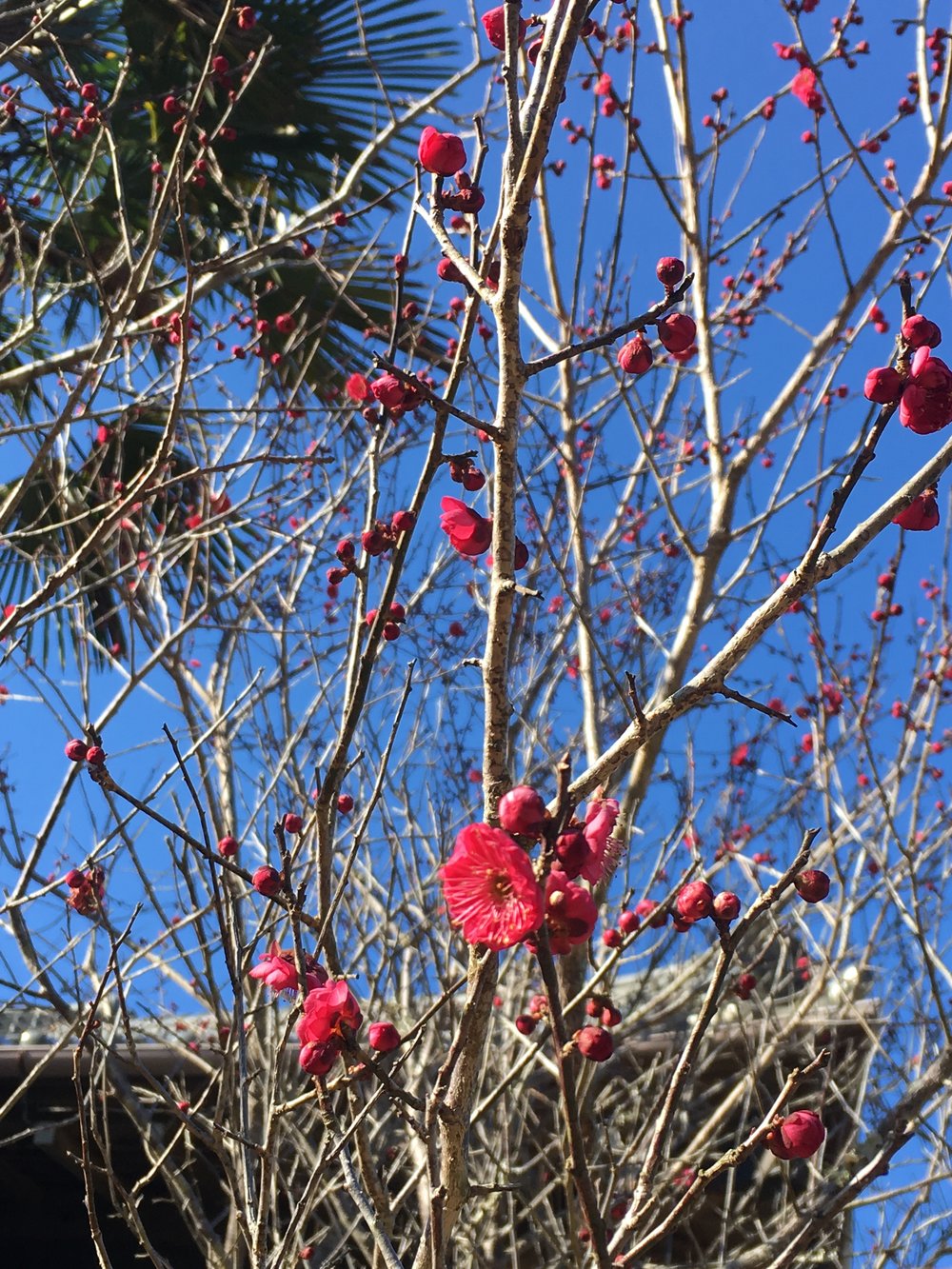Nothing simpler and tastier than little homemade sablés to go with fresh strawberries and help you combat a cold and gloomy Saturday! I made three variations: plain, black sesame and macha. It takes only a few minutes to make them a few more to bake them and they make everyone happy!!!
Petits sablés:
– 180g of flour
– 50g of brown caster sugar
– 40-60g of butter depending on the size of the egg
– 1 egg
– 1tsp of matcha powder
– 1tbs of black sesame seeds

In a bowl mix the flour, the sugar, the egg. Add little by little the butter until obtaining a dough that is dense but doesn’t stick. If it sticks too much add a little more flour. Pre-heat the oven to 170deg. Split the dough in 3. In one of the 1/3 add the matcha powder and stir well, in a second 1/3 add the sesame and stir well, in the last 1/3 do nothing. Roll each of the dough until 3-4mm high on cooking paper and cut with the size and shape you like. Bake until it just dtarts to golden (usually about 10min depending on your oven).






